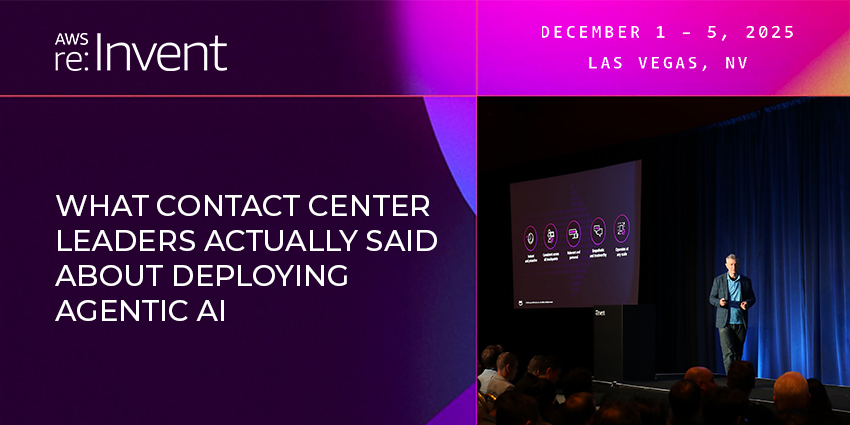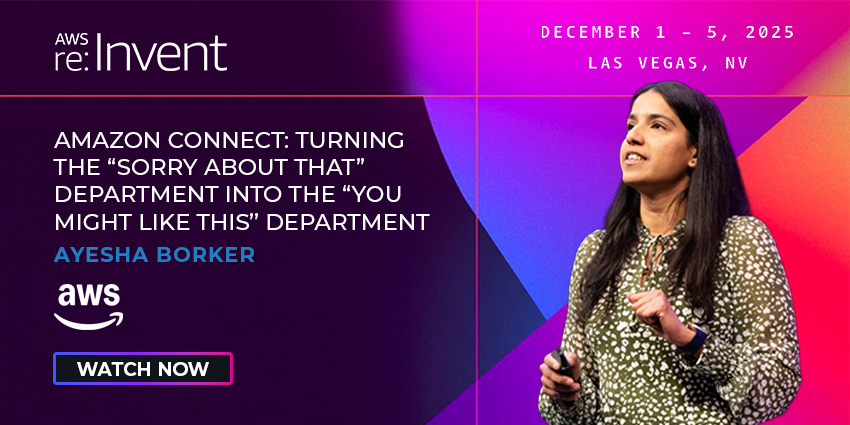Despite the rapid acceleration of generative AI (GenAI), many businesses remain uncertain about where is best to deploy it…
“It’s a conversation that the CEO is having, and the board is having, and—therefore—there’s a lot of pressure to somehow do something with AI,” says Rahul Kanodia, CEO of Datamatics, in an interview at Davos 2025.
Yet, pressure doesn’t always derive results. Indeed, last year, Gartner predicted that at least 30 percent of generative AI (GenAI) projects will be abandoned after proof of concept by the end of 2025
As such, while the urgency to act is evident, for many organizations, a concrete strategy for integrating AI into day-to-day operations is still missing.
The Race to Implement AI
This growing pressure is fueling a race to implement AI as companies seek to prove their technological edge. Investors are attaching significant valuations to businesses with AI initiatives, intensifying their need for organizations to showcase progress—even if their approach is not yet fully developed. As a result, many companies are rushing into AI adoption without a clear strategy, leading to implementations that fail to deliver real value.
While early AI adoption was primarily driven by curiosity and experimentation, Kanodia acknowledges that today’s push is increasingly fueled by “the fear of missing out”. AI isn’t a plug-and-play solution; it requires strategic planning, workforce training, and the proper infrastructure to be truly transformative. Without a thoughtful approach, rushed AI initiatives risk becoming expensive missteps rather than game-changing innovations.
The Productivity Gains Are Significant, If AI is Applied Correctly
Despite its hiccups, AI-driven automation is already delivering substantial efficiency gains across industries, Kanodia notes.
For instance, AAA Washington uses Salesforce’s Agentforce to provide “always-on” AI-powered support, handling routine interactions so human agents can focus on more complex customer needs.
Similarly, Wiley, a leader in education and research publishing, deployed AI-powered agents to handle peak-time support requests, resulting in a 40% increase in self-service success and a 213% ROI.
Meanwhile, The Adecco Group, one of the largest recruitment firms in the world, uses AI to automate resume screening, create candidate shortlists, and even suggest alternative roles for applicants, streamlining recruitment for employers and job seekers alike.
Yet, Kanodia cautions against an emerging trend in which many companies are investing in AI without a defined objective. The key, he argues, is to target “medium complexity projects that are high-volume and labor-intensive” rather than attempting to test AI’s intelligence in overly complex, “niche” applications.
Organizations that integrate AI seamlessly into existing workflows rather than treating it as a bolt-on solution tend to see the greatest success. Thus, for businesses looking to maximize AI’s impact, the first step is identifying repetitive, resource-heavy tasks that can benefit from automation.
Practical Steps for Businesses Looking to Adopt AI
For businesses feeling the pressure to implement AI, success depends on a structured approach rather than a rushed deployment. Whether AI is used for automation, enhancing decision-making, supply chain optimization, or improving customer engagement, companies must take deliberate steps to ensure tangible impact:
- Define Clear Objectives – AI should address a specific business challenge, whether streamlining operations, improving efficiency, or driving data-driven insights. Setting measurable goals ensures AI delivers tangible value.
- Invest in Data Quality – AI’s effectiveness depends on the quality of the data it processes. Ensuring structured and comprehensive datasets is essential for meaningful results.
- Prioritize Human-AI Collaboration – The best AI implementations enhance human roles rather than replace them. Training employees to integrate AI into their workflows ensures smoother adoption and better results.
- Measure and Iterate – AI is not a one-time solution but an evolving tool. Companies that continuously refine their AI strategies based on performance data and business needs will see the most long-term success.
Businesses can unlock AI’s full potential and avoid costly missteps by focusing on strategic integration rather than quick adoption.







